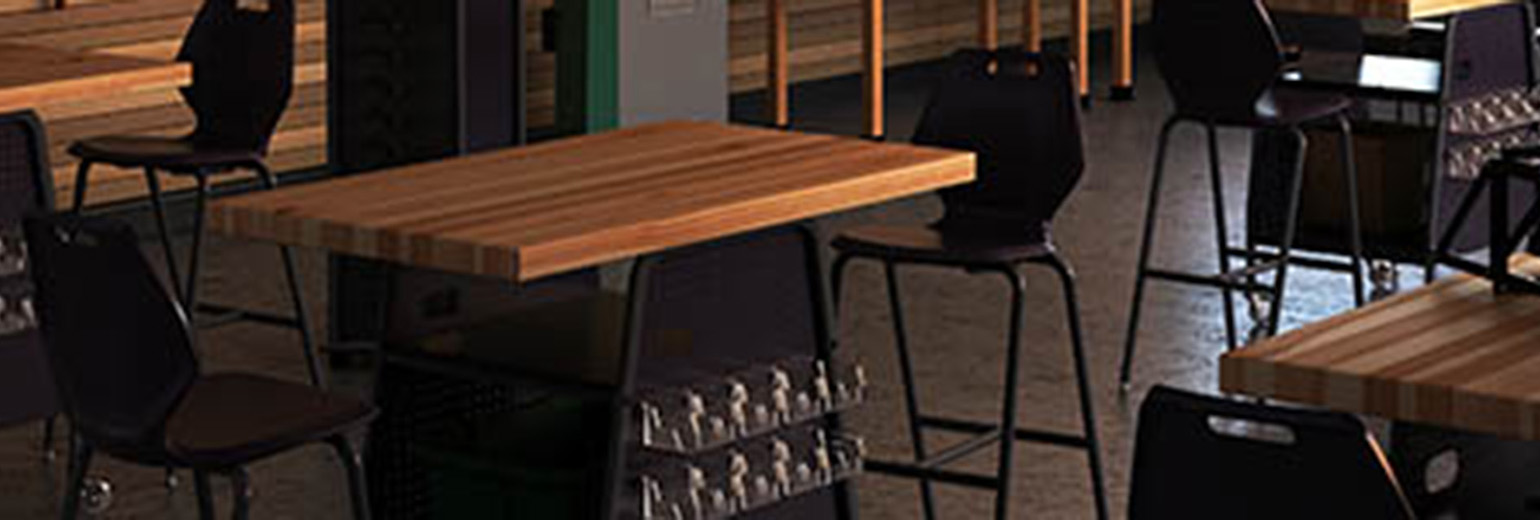Looking to inspire the next generation of tinkerers and innovators, a growing number of schools are creating maker spaces equipped with everything from popsicle sticks and glue guns to electronics kits and 3D printers.
When educators encourage students to learn by creating, they inspire students to take ownership of their learning. Students become highly engaged and invested in their education.
In the process, students can learn not only key STEM concepts (like how an electronic circuit works or what the engineering design process entails), but also 21st-century skills such as problem-solving, teamwork, critical thinking, creativity, and perseverance.
Creating a maker space for your schools might seem like a daunting task. But it doesn’t have to be. The first step is to articulate your vision for the space and outline the goals you hope to accomplish. Your vision and goals will help you answer other critical questions, such as what the space should look like, how it will be equipped, and so on.
Here are four key questions to guide your initial planning.
Who will use the space?
When you’re deciding who your maker space is intended for, consider which grade levels or age ranges you want to target. Are you building a space for students in grades K-2? Grades three to five? Six to eight? High school? Will the space serve multiple age ranges?
Also, which classes or academic disciplines will use the space? Is it meant only for certain subject areas, or for all academic subjects? Finally, will you open your maker space to members of the public, such as adults for night classes or students from other schools?
How, and when, will students use the space?
It’s also important to understand how—and when—you plan to use the space. Will it be used for formal, structured learning activities led by a teacher? Informal, student-directed learning and exploration? Or both? Will students use the space during school hours? Before or after school? Or both?
What are your instructional goals?
You’ve addressed the “who,” “how,” and “when.” Before you go any further, you also have to answer “why”: What are your learning goals in creating a maker space for your school? Are you hoping students will learn core academic skills, 21st century skills, or both?
If core academic learning is your target, how do your intended learning activities align with state instructional standards, Next Generation Science Standards, or other curriculum goals? And if 21st skills are your desired outcome, which specific skills are you hoping students will acquire? How will the activities completed in the space lead to the development of these skills?
How will you measure success?
Finally, what methods will you use to evaluate the success of your maker space initiative? Will you use formal measurements of the skills students gain, informal observation and reflection, or both?
If you’re measuring the skills that students gain, what types of assessments will you use? How will you put these together? If you’re using informal observation and reflection, how will you collect this information? Will you use teacher observation forms, post-program surveys of students, or some other method?
Once you have a plan for how your maker space will be used, you can design the actual space itself.
To learn more about creating a makerspace for education, contact Arizona Furnishings today at 800.872.2287.
– Cindy Eggebrecht


